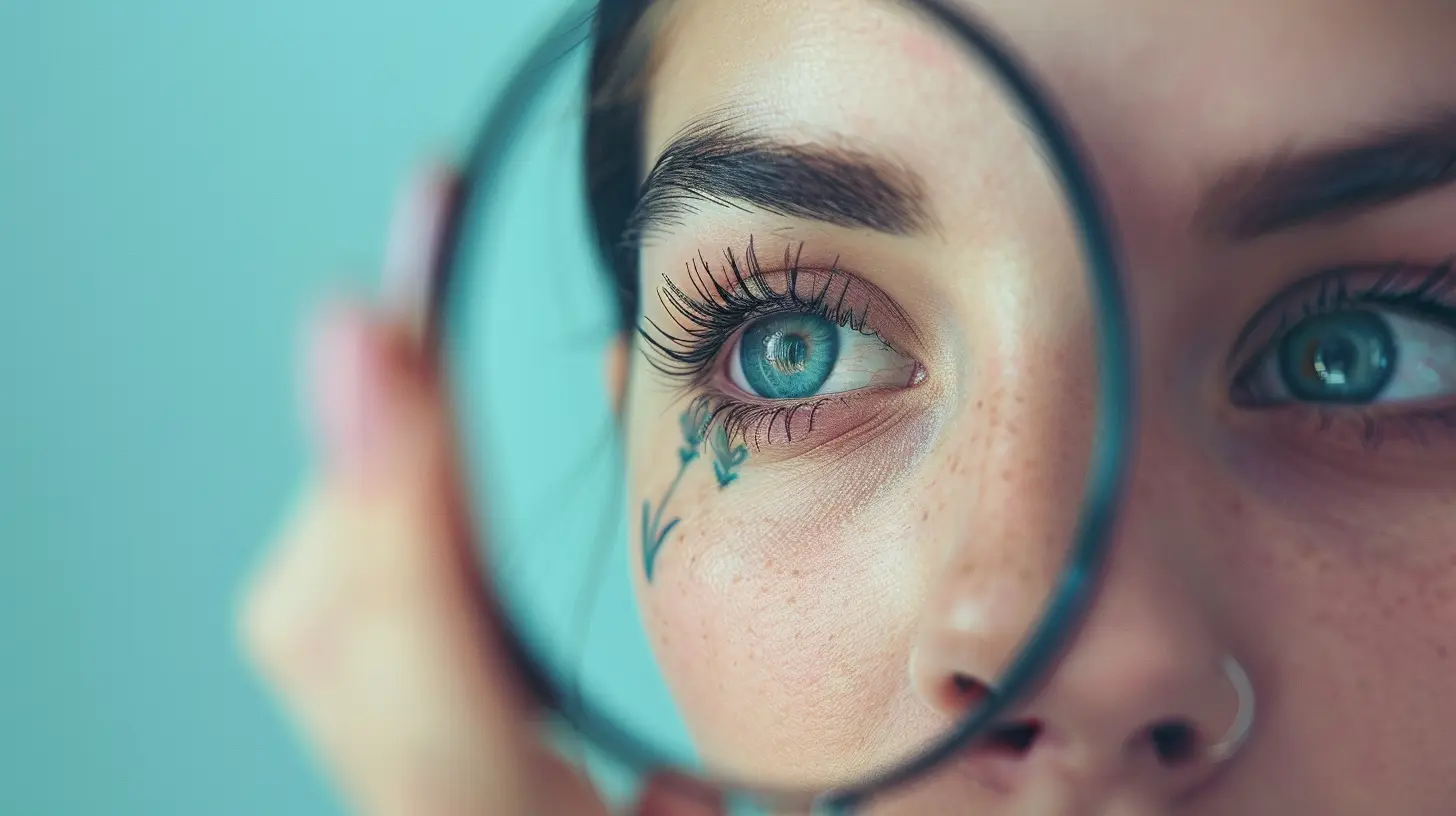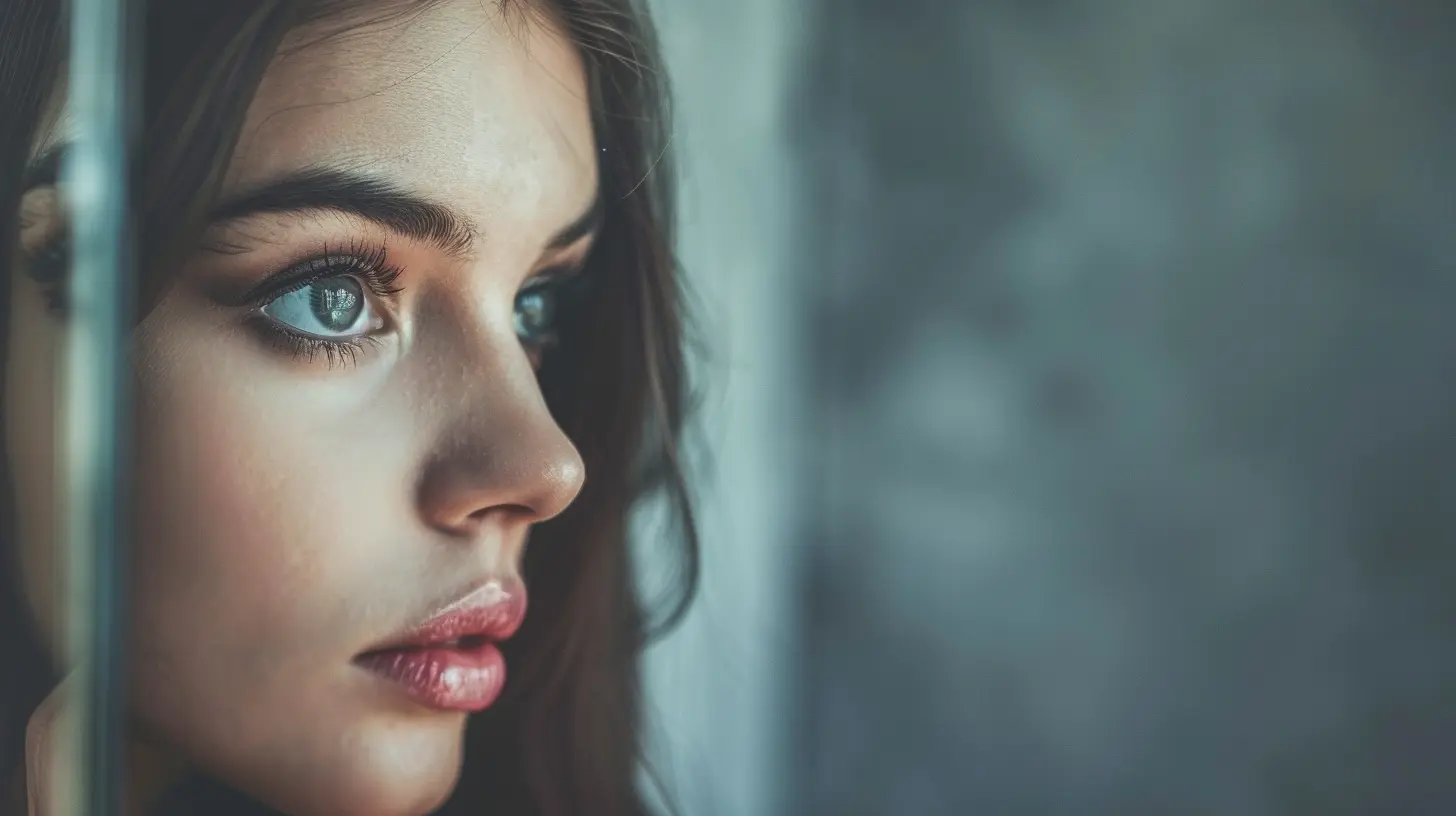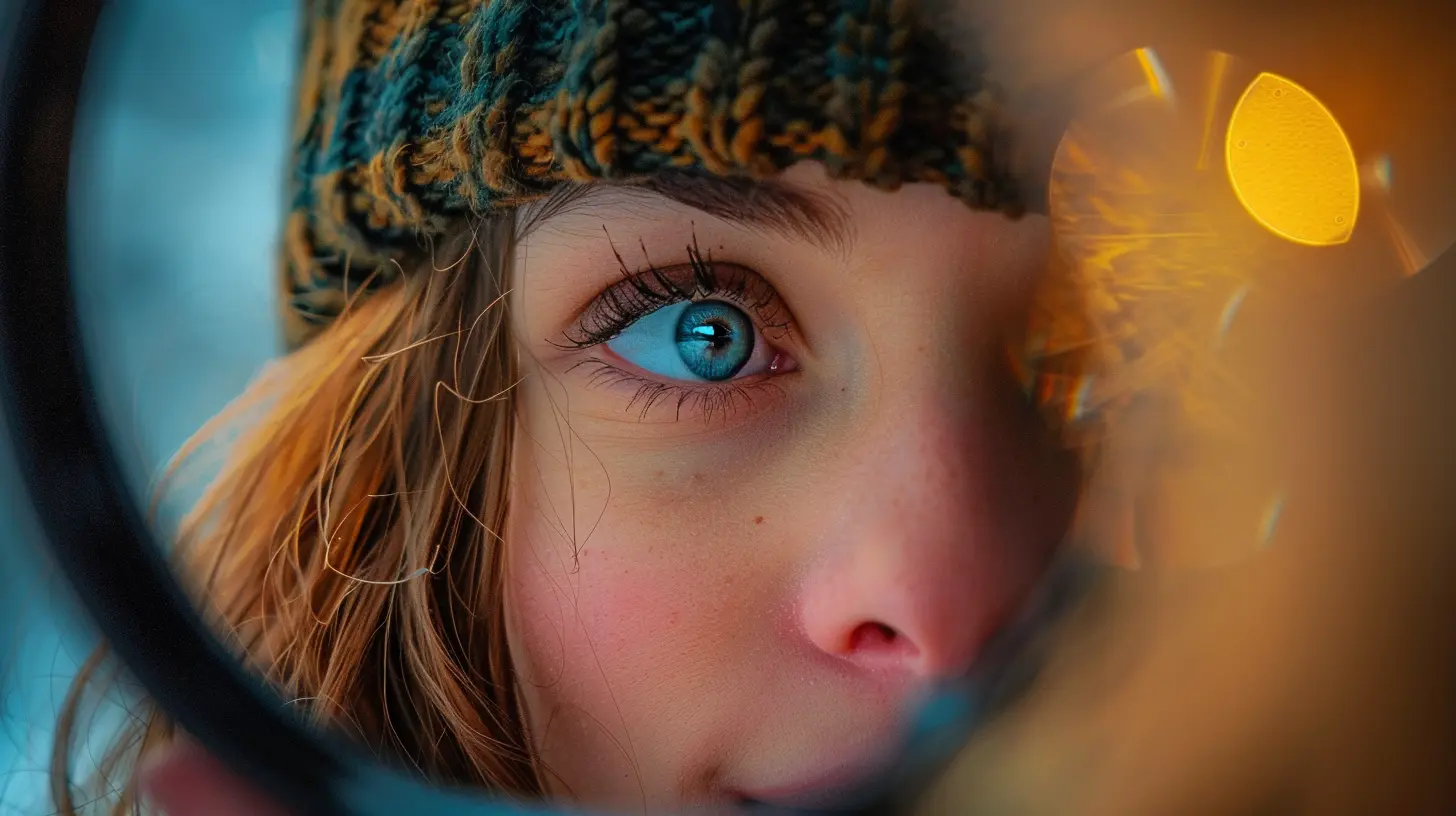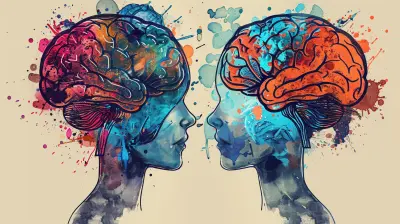How to Challenge Unrealistic Beauty Standards in Everyday Life
26 July 2025
Let’s face it—beauty standards are everywhere. From magazine covers and Instagram filters to celebrities and even the ads we scroll past without thinking. They quietly whisper the same message: you’re not enough... unless you change.
But here’s a little secret—those standards? They're not real. They’re ever-changing, culturally driven, and honestly, kind of exhausting. And worse, they affect how we see ourselves and how we treat others. So, how do we break free?
In this article, we're going to dive deep into how to challenge unrealistic beauty standards in everyday life—practically, mindfully, and with compassion (for yourself and others). Let's start redefining what beauty really means, shall we?
What Are Unrealistic Beauty Standards Anyway?
Before we challenge them, we need to know what we're up against.Unrealistic beauty standards are the idealized notions of how people—often women but increasingly everyone—should look. Think flawless skin, tiny waists, full lips, long lashes, and perfect proportions. These standards are typically pushed by media, pop culture, and now, heavily by social media.
But here's the kicker: most of these standards aren’t even achievable without extreme measures. Photoshop, filters, surgery, and selective showcasing create a false sense of “normal.” And when our brains take in these images daily, our self-worth starts hitching a ride on them.

Why Are These Standards a Problem?
You might be asking, “Okay, but so what? Can’t I just admire beauty?” Of course you can! There’s nothing wrong with appreciating aesthetics. The problem starts when these standards control us—when they impact mental health, self-image, and even relationships.Here’s what unrealistic beauty standards often lead to:
- Chronic low self-esteem
- Body dysmorphia
- Eating disorders
- Social anxiety
- Constant comparison
It's like being in a toxic relationship—with your own reflection. And no one deserves that.
1. Start By Questioning the Message
Ever heard the phrase, “Don’t believe everything you think”? Apply it to what you see, too.Start noticing the messages around you. That ad telling you you'll be happier with whiter teeth? That influencer promoting a detox tea “for confidence”? Ask yourself:
- Who benefits from me feeling like I’m not enough?
- Is this image edited, posed, or filtered?
- Am I internalizing a temporary, curated moment as truth?
When you start bringing awareness to these messages, you stop giving them silent permission to shape your identity.
2. Detox Your Social Media Feed
Let's talk about Instagram—the biggest frenemy of our self-esteem.Social media can be a highlight reel of everyone’s “best” moments, with filters smoothing every perceived flaw. But you control what you consume. Seriously, take five minutes right now and:
- Unfollow accounts that make you feel like you’re not good enough.
- Follow body-positive creators, activists, or accounts that promote authenticity.
- Remind yourself that likes don’t equal value.
Curate your feed like your playlist. Make sure it uplifts you, inspires you, and represents real diverse beauty.
3. Compliment More Than Just Looks
It’s natural to tell someone they look beautiful. But how about saying:- “You radiate confidence.”
- “Your energy makes people feel at home.”
- “I admire your resilience.”
Start shifting the conversation away from appearance-focused compliments. It helps de-center beauty as the main source of worth, both for you and others.
Think about it: Wouldn’t you rather be remembered for your kindness or creativity than your cheekbones?
4. Practice Self-Compassion (Like, Really Practice It)
We talk about self-love like it’s a bath bomb and a cozy robe. But real self-compassion is more like showing up for yourself when your inner critic is screaming.Here’s how to start:
- When you catch yourself thinking, “I hate my body,” respond with, “I’m learning to appreciate what my body does for me.”
- Talk to yourself as you would a friend. You wouldn’t say, “You look disgusting today,” to your bestie, right?
- Allow yourself to have off days. Loving yourself doesn’t mean you like every inch 24/7. It means you choose kindness anyway.
It's not fluff—science backs this up. People who practice self-compassion are less likely to tie their worth to external appearance and more likely to feel grounded.
5. Redefine Beauty on Your Own Terms
Forget the “rules.” Beauty isn't a mold; it's a vibe. And you get to decide what it means for you.Ask yourself:
- What qualities make someone beautiful in my eyes?
- Can I find beauty in aging, in scars, in differences?
- What parts of myself have I underrated or overlooked?
Maybe it’s your freckles. Or your laugh lines. Or your stretch marks that tell a story of growth.
Beauty is not one-size-fits-all. It’s like art—subjective, dynamic, and deeply personal.
6. Talk About It—Out Loud
Don’t keep the conversation in your head. Share your thoughts with friends, family, or community groups. Name the problem.When we speak up, we normalize real beauty and challenge harmful norms. You might be surprised how many people feel the same way but just haven’t had the space to say it.
Want to go further? Educate younger siblings, children, or teens in your life. They’re growing up in a world overflowing with filtered images and impossible ideals. Be the voice that says, “It’s okay to be real.”
7. Support Brands That Celebrate Authenticity
Put your money where your values are. More brands are waking up and showing unedited, diverse, real bodies. Support them.Look for brands that:
- Feature people of different sizes, races, ages, and abilities
- Avoid Photoshop and airbrushing in campaigns
- Promote mental health and self-acceptance alongside fashion or beauty
Every dollar you spend is a vote. Use your consumer power to back authenticity over perfection.
8. Ditch Comparison (Your Journey Is Yours)
Comparison is the thief of joy... and also the sneaky cousin of beauty ideals. It's easy to fall into the trap of "She has better skin" or "He looks more put together."But comparison ignores context. You don’t know the lighting, the filter, the insecurities behind the scenes.
Instead of comparing, try appreciating. Try saying, “I love her style” without turning it into “...and mine sucks.” Admire without diminishing yourself.
We’re all walking different paths. Yours is just as valid—messy hair and all.
9. Advocate for Representation
Representation matters. When we don’t see ourselves reflected in the media, it sends a silent but powerful message: “You don’t fit.”Support inclusive movies, shows, art, and media. Call out problematic portrayals. Celebrate content that shows a wide range of bodies, faces, and voices.
Every time we uplift diversity, we chip away at the old, narrow definition of beauty. And guess what? There’s room for all of us.
10. Celebrate Function Over Form
Let’s flip the narrative. Instead of “What does my body look like?” ask, “What has my body done for me today?”- Legs that carried you through a tough day
- Arms that held someone you love
- A face that can show every emotion under the sun
Bodies are about living, not posing. When you shift the focus from appearance to function, gratitude replaces shame. Try it and feel the difference.
Final Thoughts: You Are More Than a Mirror Image
Challenging unrealistic beauty standards isn’t about rejecting beauty. It’s about redefining it. It’s about waking up each day and saying, “I refuse to let made-up ideals determine my worth.”You’re more than your reflection. You’re your laugh, your effort, your relationships, your ideas. And no Photoshop edit can ever compete with that.
So let's all agree to be a little louder, a little kinder, and a lot more real when it comes to how we see ourselves and each other.
Ready to break the mold?
all images in this post were generated using AI tools
Category:
Body ImageAuthor:

Eliana Burton
Discussion
rate this article
1 comments
Siena Kearns
This article offers invaluable insights on challenging unrealistic beauty standards. By embracing our unique qualities and promoting self-acceptance, we can foster a more positive narrative around beauty. Thank you for sparking this essential conversation and empowering readers to celebrate their authenticity every day!
August 19, 2025 at 2:33 AM

Eliana Burton
Thank you for your thoughtful comment! I’m glad you found the insights valuable and that the conversation on authenticity resonates with you. Let's continue to empower each other!


